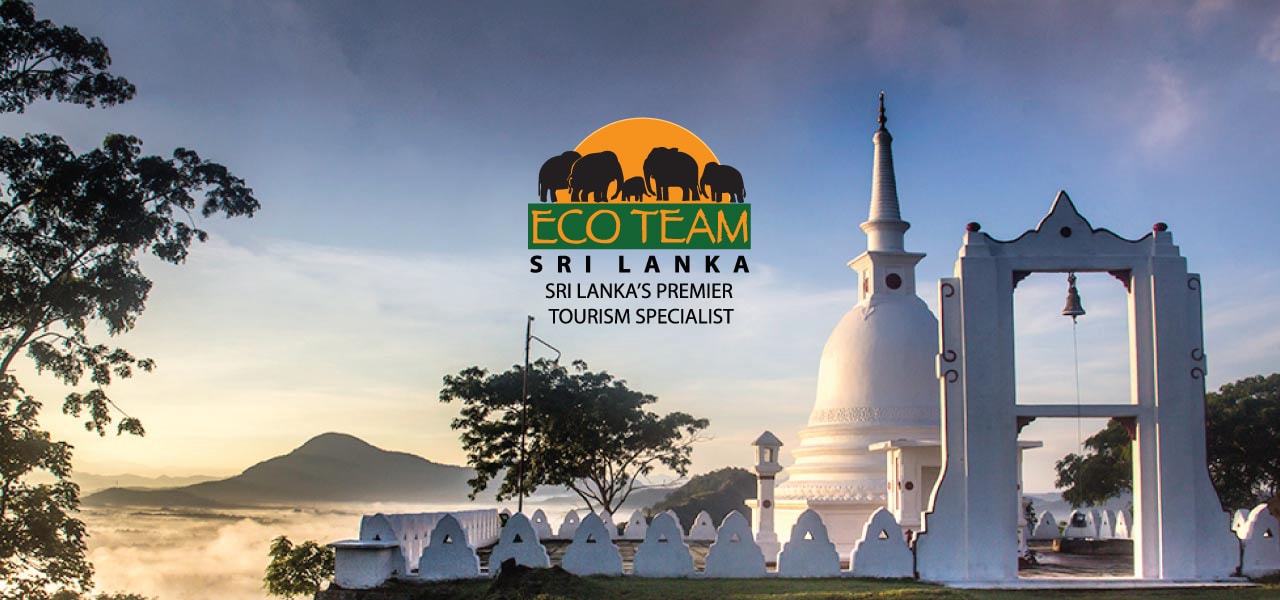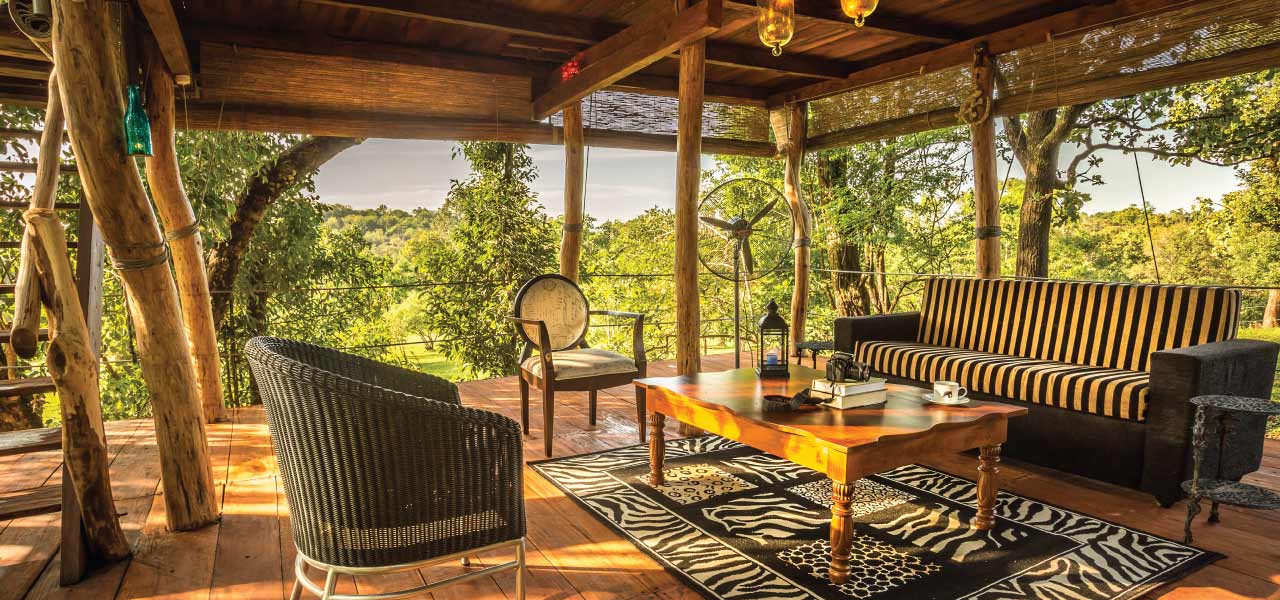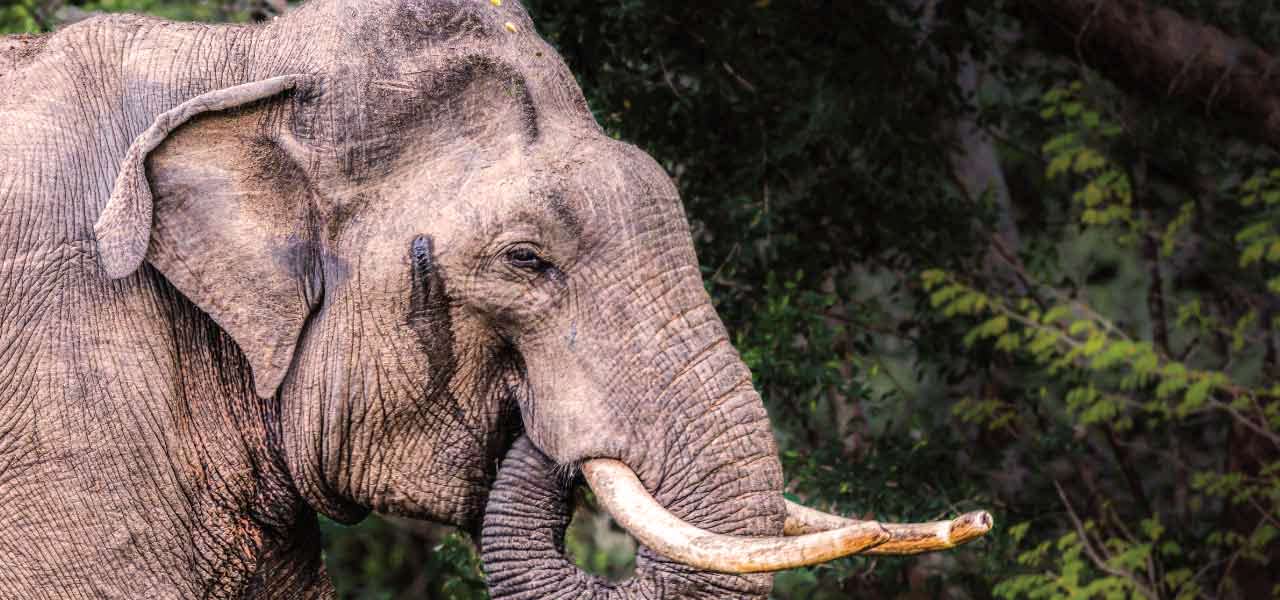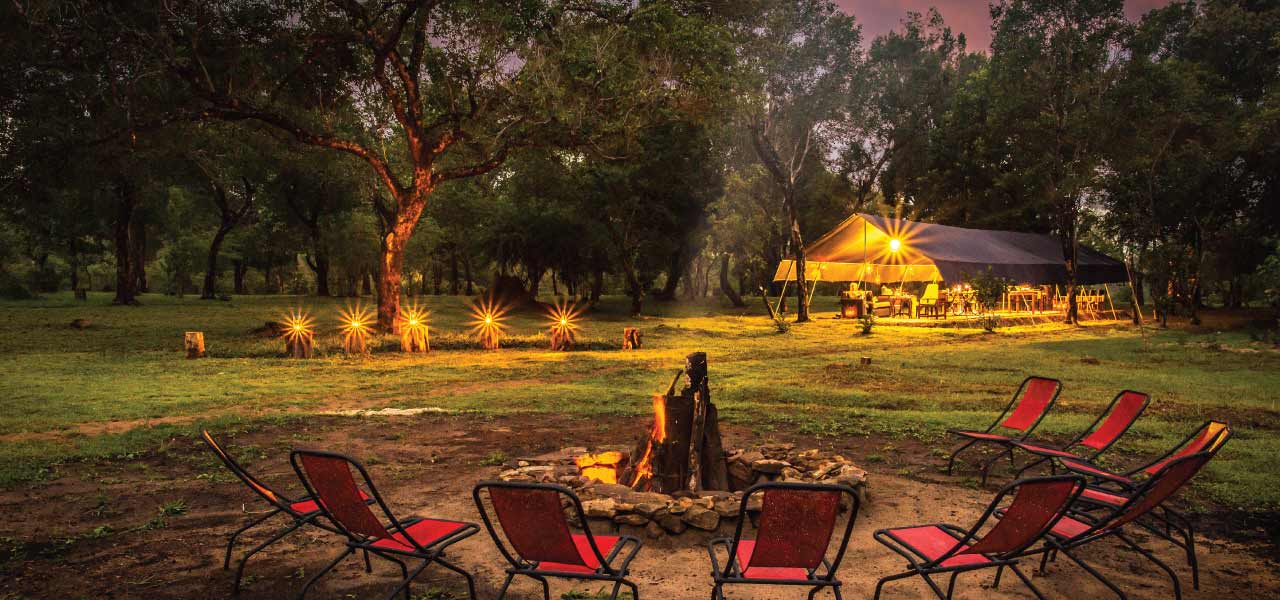Round Tours

Detailed Wildlife Photography Tour
Day 1
Day 01 - Airport – Colombo ( 35 Kms / Approx. 45 min )
SCHEDULE
-
Meet and greet at the Bandaranaike International Airport and transfer to Colombo.
-
Check in to the hotel in Colombo.
-
Spend a relaxing afternoon after the long journey.
-
Overnight stay at the hotel in Colombo (BB).
Colombo is Sri Lanka’s commercial capital. It's been an important port in the Indian Ocean since ancient times. Traders from the middle-east used Sri Lanka as an exchange center while Arab traders came to gather the ivory, precious stones and spices such as cinnamon, cardamom, cloves and pepper, which were highly priced in Europe. There are many locations relating to the Portuguese, Dutch and British colonial times in Colombo.
Day 2
Day 02 - Colombo - Deniyaya ( 190 Kms / Approx. 3h30 )
SCHEDULE
-
Breakfast at the hotel.
-
Transfer to Deniyaya.
-
Check in to a hotel by the borders of the Sinharaja Nature Reserve.
-
Dinner and overnight stay at the hotel (HB).
Sinharaja rainforest has been designated as a UNESCO Natural World Heritage Site, UNESCO Biosphere Reserve and also a Biodiversity Hotspot by the International Union for Conservation of Nature (IUCN). All these titles are highlighting the importance of the forest reserve in terms of its exceptional biodiversity as well as its fragility. Birding in Sinharaja is particularly interesting since it is home to 95% of the endemic birds of Sri Lanka!
Day 3
Day 03 - Sinharaja – Udawalawe (70 Kms / Approx. 2h)
SCHEDULE
-
Early breakfast at the hotel.
-
Nature trail in the Sinharaja Rainforest.
-
Transfer to Udawalawe.
-
Check in to the Big Game safari camp.
-
Lunch at the campsite.
-
Evening safari (from 2:30 to 6:30 pm) at Udawalawe National Park.
-
Dinner and overnight stay at the Big Game Safari Campsite (FB).
Located on the boundary of Sri Lanka's wet and dry zones, Udawalawe National Park, is one of the best places in the world to see wild elephants. With approximately 400 elephants residing within the area of 31,000 hectares, it is not unusual to see big herds gathering to feed and bath by the waterholes. In addition to this main attraction, Udawalawe is home to many water buffalo, water monitor lizards, sambar deer and monkeys. The bird enthusiasts shall be in their own winged paradise with not only the variety, but the quantity of bird species in the park.
Day 4
Day 04 - Udawalawe – Bundala – Yala (125 Kms / Approx. 3h)
SCHEDULE
-
Breakfast at the the campsite
-
Transfer to Bundala.
-
Birding safari at Bundala National Park.
-
Dinner and overnight stay at a hotel near Yala National Park (HB).
Bundala National Park, with 6216 hectares of lagoons, scrub jungles, saltpans and marshes, is the most important wetland sanctuary in Southern Sri Lanka, and famous for its impressive biodiversity and prolific birdlife. It is here that the migratory birds are wintering - resting and feeding by the picturesque lagoons and intertidal mudflats.
In addition to abundant birdlife, the wetlands are inhabited by 32 mammal species (out of which 5 are classified as threatened). The park is home to a small population of elephants too. Roaming the open wetlands and secluded beaches, they are easy to spot. In Bundala, you'll have a good chance of spotting leopards, spotted deers, sambars, crocodiles, wild boar, mongooses, monitor lizards and monkeys too. Also, both marsh and estuarine crocodiles are found in Bundala, and four out of Sri Lanka's five species of sea turtles come ashore to lay their eggs in its coastal areas.
Day 5
Day 05 - Yala
SCHEDULE
-
Full day safari at Yala National Park with packed breakfast and lunch.
-
Dinner and overnight stay at the hotel.
Yala National Park, situated in the southeast region of the country, covers almost 1000 square kilometers and is the second largest national park in Sri Lanka. Designated as a wildlife sanctuary in 1900, along with Wilpattu, it is one of the first two national parks in Sri Lanka. Leopards are the stars here, but the park is also home to the large herds of elephants as well as to the spotted deer, sambar, wild boar, wild buffaloes, sloth bear, jackal and mongoose. The birdlife is fantastic too. Over 215 species of birds have been recorded in Yala, with six being endemic to Sri Lanka.
Your best chance to see a leopard is generally early in the morning. Especially, the young males are very confident, and often they are seen walking on the tracks.
Day 6
Day 06 - Yala – Nuwara Eliya (150 Kms / Approx. 4h)
SCHEDULE
-
Breakfast at the hotel.
-
Transfer to Nuwara Eliya via Haputale.
-
En route visit a tea factory.
-
Check in to a hotel in Nuwara Eliya.
-
Free time in the evening to take stroll in Victoria Park and explore the centre of town.
-
Dinner and overnight stay at the hotel in Nuwara Eliya (HB).
Set in the heart of the Tea Country, Nuwara Eliya has a climate unlike anywhere else in Sri Lanka. Situated 1890 meters above sea level, it offers a cooler and more invigorating climate than lower regions. Colonized by the British, and often referred to as ‘Little England’, Nuwara Eliya still retains the feel of the ‘old world’. Famous for horse racing, the town also boasts an impressive Golf Club which dates back to 1889 and several hotels with grandiose colonial style.
Ceylon Tea is undoubtedly the best tea in the world, and one of the main exports of Sri Lanka. When driving through the plantation you will see the colorfully dressed Tea-Pickers hard at work on the sloping hills abundantly lush with tea bushes. With incredible dexterity they fill several sacks of tea leaves each day. At the tea factory, you will see the entire process, from the tea bush to teapot.
Day 7
Day 07 - Nuwara Eliya – Horton Plains – Nuwara Eliya (60 Kms / Approx. 2h)
SCHEDULE
-
Breakfast at the hotel and transfer to Horton Plains.
-
Half day trek to Baker’s Falls and World’s End in Horton Plains National Park.
-
Return to Nuwara Eliya.
-
Dinner and overnight stay at the hotel in Nuwara Eliya (HB).
The famous Horton Plains is a nature reserve characterized by a beautiful landscape of rolling hills, forests, and grassland. The highest plateau in the island, spanning approximately 10,000 hectares, is home to 24 species of mammal - such as elk, deer, giant squirrel, wild boar, wild hare, porcupine, and leopard. The park also hosts unique vegetation and offers a perfect ground to observe many rare and endemic highland birds (87 species, 14 of which are endemic). An impressive physical feature in Horton Plains is the escarpment that falls 880 meters to the lowlands of the southern region of the island. Aptly known as the "World’s End", the precipice boasts a fabulous view of the tea estates below and all the way out to the distant southern coastline.
Day 8
Day 08 - Nuwara Eliya – Kandy (100 Kms / Approx. 3h30)
SCHEDULE
-
Breakfast at the hotel and transfer to Nanu Oya railway station.
-
Scenic train ride to Kandy.
-
Check in to a hotel.
-
Visit the Temple of the Tooth in the evening.
-
Overnight stay at a hotel in Kandy (BB).
Kandy, the capital of the Central province is home to the Temple of the Tooth Relic, a UNESCO World Heritage Site. Strategically nestled amidst three mountain ranges and known as the gateway to the hill country, Kandy was initially built in this location as a natural fortress against attack as it was not an easy target for the foreign invaders. Nowadays, the city of Kandy is well known as one of Sri Lanka’s best attractions among both local and international visitors.
Day 9
Day 09 -Kandy – Knuckles – Wasgamuwa (110 Kms / Approx. 4h)
SCHEDULE
-
Breakfast at the hotel.
-
Transfer to Wasgamuwa via Knuckles.
-
Half day trek in Knuckles Mountain Range.
-
Check in to a hotel/safari camp near Wasgamuwa National Park.
-
Dinner and overnight stay at the hotel/campsite (HB).
Falling within Kandy and Matale districts, the Knuckles Range covers an area of about 160 sq km. With its rugged mountains and spectacular sceneries, it is without a doubt one of the most scenic parts in the Sri Lankan Highlands and a real paradise for those who love hiking and mountain biking. The scenic trails will take you across the mountains, crystal clear rivers and dense forests to flowing waterfalls, lush tea plantations and traditional little villages, surrounded by colourful home gardens and terraced paddy fields, - a world away from the fast-paced city life. The Knuckles area represents also a great variety of different forest types and climate zones which makes it a perfect destination for nature enthusiasts, botanists and researchers.
Day 10
Day 10 - Wasgamuwa
SCHEDULE
-
Full day safari at Wasgamuwa National Park with packed breakfast and lunch.
-
Dinner and overnight stay at the hotel/campsite (HB).
Situated in the Central Province, The Wasgamuwa National Park is home to incredibly diverse wildlife including 23 species of mammal and reptiles. Its main attraction is a majestic herd of over 150 elephants, that can be seen in their most natural feeding and roaming state. Wasgamuwa derives its name from the Sinhalese 'walas gamuwa’, ‘walaha’ alluding to the bear and ‘gamuwa’ to 'the woods'. However, these days sloth bears are rarely seen. On the banks of the rivers, you can spot mugger crocodiles, camouflaged in murky waters. The toque macaque “rilewa” and the purple-faced langur, both endemic species of monkey to Sri Lanka, can be spotted here also.
Day 11
Day 11 - Wasgamuwa – Negombo (220 Kms / Approx. 5h)
SCHEDULE
-
Breakfast at the hotel/campsite.
-
Transfer to Negombo.
-
Check in to a hotel.
-
Dinner and overnight stay at the hotel in Negombo (HB).
Negombo is a fishing town with a fascinating colonial past. British, Dutch, and Portuguese all fought over this town as it was a lucrative source of cinnamon. The spice trade impacted the future of this town, but so did the Catholic church too. Today, Negombo is alive in its own blend of culture and religions and colonial-style architecture, but local traditions appear to have outlived the colonizers. The lagoon has abundant with marine life, and fishermen have been harvesting lobsters, crabs, and prawns here for centuries.

 River Fishing in Madu Ganga
River Fishing in Madu Ganga
Surrounded by a thick jungle of mangroves and clear waters, Madu Ganga is one of the most prolific rivers in Sri Lanka. It is located in the southern coast, 80 kilometres from Colombo and 55 kilometres from Galle, Madu Ganga is regarded as Sri Lanka's second largest wetland consisting of 915 hectares and 25 islands. The largest island is Ma Duwa and it shelters around 500 families while the smallest is the Sata Paha Doopatha - “The Five-cent Island” that resembles a five-cent coin.
These unspoilt surroundings boast a healthy stock of Barramundi and other freshwater species such as Mangrove Jack and Bull-Eyed Mackerel. Occasionally, where the salinity levels of inland lakes increase, smaller Travilly and Barracudas can be hooked on also.
Your expedition will start from Balapitiya, you can select either a morning or an evening session. Our expert fishing guides will advice you the best timing depending on the weather and the month.
Ideal time for fishing in Madu Ganga:
-
Morning session – from 6.30am to 10.00am
-
Evening session – from 2.30pm to 6.00pm
Madu Ganga is the venue for Ceylon Sea Anglers Club annual Fishing competition which generally takes place in September / October.

 Deep Sea Fishing
Deep Sea Fishing
Sri Lanka is much admired for its multitude of sub-aquatic life. Its unspoiled sea and fishing zones hold an abundance of game fish for the keen angler. Close to the coast you can find Grouper, Snapper Emperor, Bonefish while a bit further out Indian Mackerel, Spanish Mackerel, Seer fish, Kingfish, Barracuda, Barramundi, Jackfish, Trevally, Tuna and far out Sailfish, Swordfish, Marlin and Shark.
The Western and Southern Coasts are accessible for Deep Sea Sport Fishing from November to April, whereas the South-Eastern Coast only in April, and the Eastern Coast from May to September. You can select either a morning session or an evening session and our expert fishing guides will advice you the best timing depending on the weather and the month.
-
Morning session – from 6:00 to 10:00 am
-
Evening session – from 3:00 to 6:00 pm

Detailed Canoeing Itinerary
Day 1
Day 1 - Ratnapura - Kiriella
SCHEDULE
-
Meet and greet your guides near Saman Dewalaya in Ratnapura.
-
Safety briefing and departure at 10:00 am.
-
Canoëing to Kiriella.
-
Packed lunch along the way.
-
Arrival at the campsite in Kiriella
-
Dinner and overnight stay at the campsite (HB).
CANOËING DISTANCE: 16 km
DURATION: 3-4 hrs (depending on the water level and wind conditions)
GRADING: Moderate
Your journey will start from Saman Dewalaya in Ratnapura, the City of Gems, with an easy 16 km section. Passing densely populated town area, you will enter the peaceful and serene countryside in a low valley. Sometimes on the riverbanks, you will little houses surrounded by thick vegetation and palm trees. Here, in the calm waters, the calls of the birds and the sound of your paddle are the only noises you will hear.
Located right next to the river in Kiriella, the Eco Team Canoëing Campsite is an ideal place to enjoy a refreshing river bath after a day of canoeing. And we do camping in style! Forget about sleeping in cramped tents and sitting on the ground for mealtimes. Our site is set up prior to your arrival, with everything from the kitchen sink, chairs and tables, toilets, showers and cold beer being transported in. In the evening you can enjoy a hearty barbecue meal in a magical setting - the whole area is lit up with traditional flame torches and a roaring campfire. So sit back, relax and let our experienced staff cater to your every need.
Day 2
Day 2 - Kiriella - Anguruwatota / Walpita
SCHEDULE
-
Breakfast at the campsite early in the morning.
-
Canoëing to Anguruwatota.
-
Packed lunch along the way.
-
Arrival at the campsite in Anguruwatota / Walpita.
-
Dinner and overnight stay at the campsite (HB).
CANOËING DISTANCE: 28 km
DURATION: 6-7 hrs
GRADING: Moderate
Today, the canoeing adventure starts to building up, and some previous canoeing experience will be needed. In this section, the river is flowing faster, creating waves and swirls making your canoe shaky and unsteady.
Your dinner and overnight stay will be arranged at a fully serviced canoeing campsite in Walpita / Anguruwatota.
Day 3
Day 3 - Anguruwatota - Kalutara
SCHEDULE
-
Breakfast at the campsite early in the morning.
-
Canoëing to Kalutara.
-
Packed lunch along the way.
-
Arrival in Kalutara.
-
Departure.
CANOËING DISTANCE: 32 km
DURATION: 7-8 hrs
GRADING: Moderate / Hard
Today, your journey will start with canoëing through very still waters to Thebuwana. Here, forests and rubber estates will start changing to coconut plantations, and you might be able to spot a few monkeys swinging on coconut branches. Then, the riverbanks will get more crowded with fishermen coming ashore and sand miners in long ferries. This last stretch of 20 km will take you to Kalutara through a calm and meandering river, flowing very slowly into the ocean.
The ending point of your journey is Kalutara, a little town by the shimmering Indian Ocean. Upon arrival you will pass the majestic Dagoba of the temple as well as railway and road bridges that go across the river.
Subcategories
Off the Road 4WD Itineraries
Whether you're cruising along the sand dunes on the beach between the ocean and the lagoon at KALPITIYA in southern Sri Lanka, riding the 32 hair-pin bends of the Devil's staircase near BELIHULOYA, or crossing the many streams on the exciting ‘Makara' (dragon) drive to the GALOYA NATIONAL PARK reservoir, you can be sure that these ‘off-the-road' adventures are more than just ‘going for a drive'! At Eco team. We can offer complete adventurous jeep tours for any number of days, short 4WD tour programmes combined with any of the other activities that we offer, or even longer ‘cross-country' jeep tours that start from one end of Sri Lanka to reach a specific destination (avoiding main roads as much as possible).








































